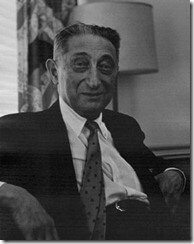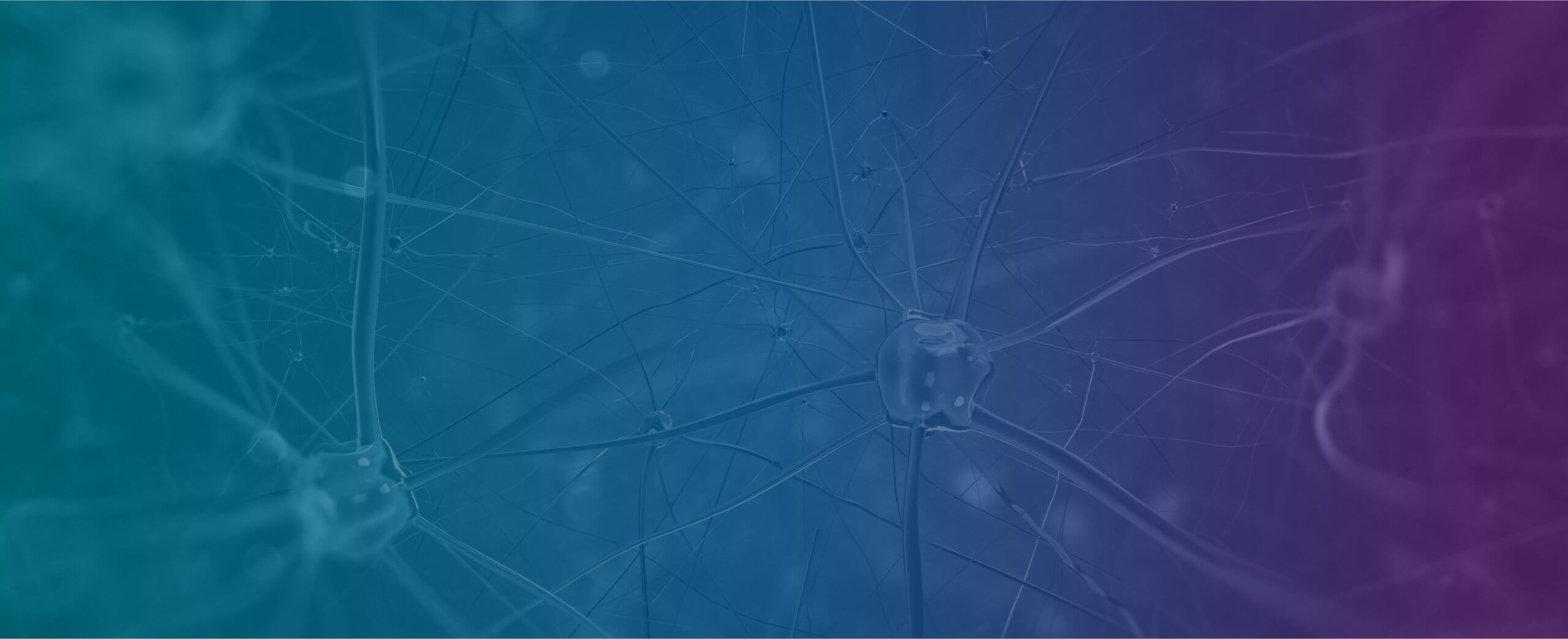- Last Updated
- Posted by
- Relaxation Techniques, UK College News
 Copyright ©Donald Robertson, 2011. All rights reserved.
Copyright ©Donald Robertson, 2011. All rights reserved.
Relaxation has been described as the “aspirin” of stress management. However, in recent decades relaxation techniques have declined in popularity. Nevertheless, a long-standing and robust evidence-base supports the use of well-designed relaxation therapy approaches for a wide range of problems. Among the most effective relaxation techniques are those which promote awareness of muscular tension and the progressive relaxation of muscles beyond their normal resting level, something which appears to have greatest benefit when applied systematically to counteract tension in response to “early warning signs” of tension, to nip stress responses in the bud.
Aaron T. Beck, the founder of cognitive therapy, the main alternative to relaxation training, has recently published a radically-revised treatment manual for anxiety disorders. Following a review of the outcome research on Applied Relaxation for Generalised Anxiety Disorder (GAD), Beck concludes that it “is an alternative treatment for GAD that can produce results equivalent to cognitive therapy.” Elsewhere he elaborates,
The role of relaxation training in treatment of anxiety disorders continues to generate considerable debate. The long-established tradition of teaching progressive relaxation to relieve anxiety may still have some efficacy for the treatment of GAD and possibly panic disorder, especially when the more systematic and intense applied relaxation protocol is employed. However, relaxation training for OCD and social phobia is unwarranted, although it may still have some value in PTSD for those with heightened generalised anxiety. (Clark & Beck, 2010, p. 267)
In fact, historically, relaxation techniques, such as Systematic Desensitisation, have frequently been used in the treatment of specific phobias and social anxiety, as well as subclinical stress management. Beck himself still recommends the use of relaxation techniques in cognitive therapy for general stress management.
A recent survey of the evidence-base for relaxation entitled “relaxation training for anxiety: a ten-years systematic review with meta-analysis” was published in 2008 by Manzoni et al. Four researchers from psychology departments in Italian universities identified 27 studies on relaxation techniques used in the treatment of anxiety, which met their inclusion criteria for statistical analysis. On average, meta-analysis showed that relaxation training had a “medium to large” effect on symptoms of anxiety. The authors conclude: “The results show consistent and significant efficacy of relaxation training in reducing anxiety.” Comparison of different techniques of relaxation showed that methods based on Jacobson’s Progressive Muscle Relaxation, including “Applied Relaxation”, had the largest effect size, and were superior to meditation and other approaches. However, the authors conclude that in general, Progressive Relaxation and Applied Relaxation (muscle relaxation), Autogenic Training (autosuggestion), and meditation were more effective than other methods, especially those combining several techniques,
Progressive relaxation, applied relaxation, autogenic training and meditation show great efficacy in decreasing anxiety against the combination of more than one methods and the other techniques. The “other techniques” treatment type shows the lowest score. (Manzoni et al., 2008)
Edmund Jacobson’s approach to muscle relaxation formed the basis of early behaviour therapy, particularly the “Systematic Desensitisation” method of Joseph Wolpe. However, this has led to the development of a number of other behaviour therapy and CBT approaches, particularly the Applied Relaxation approach of Ost and Borkovec. The table below gives a summary of some of the main variants of Progressive Relaxation,
Some Common Variants of Progressive Relaxation used in CBT
1. Jacobson’s Progressive Relaxation (PR) and Differential Relaxation (DR)
(Jacobson, Progressive Relaxation: A Physical and Clinical Investigation of Muscular States and Their Significance in Psychology and Medical Practice, 1938; Jacobson, You Must Relax, 1977; McGuigan & Lerher, 2007).
2. Systematic Desensitisation (SD) – An abbreviated version of Jacobson’s method, employing repeated imaginal exposure.
(Wolpe, Psychotherapy by Reciprocal Inhibition, 1958; Wolpe, The Practice of Behavior Therapy (Fourth Edition), 1990; Wolpe & Lazarus, Behavior Therapy Techniques: A Guide to the Treatment of Neuroses, 1966)
3. Abbreviated Progressive Relaxation Training (APRT) – Modern hybrid of Jacobson and Wolpe’s approaches.
(Bernstein, Borkovec, & Hazlett-Stevens, New Directions in Progressive Relaxation Training: A Guidebook for Helping Professionals, 2000; Bernstein, Progressive Relaxation: Abbreviated Methods, 2007)
4. Self-Control Desensitisation & Stress Inoculation Training (SIT) – “Coping skills” variations of Wolpe’s method based more on operant conditioning principles.
Relaxation is an optional coping skill in SIT but in practice it has been emphasised in most studies on anxiety or pain.
(Goldfried & Davison, Clinical Behaviour Therapy, 1976; Bernstein, Borkovec, & Hazlett-Stevens, 2000; Meichenbaum, Cognitive-Behavior Modification: An Integrative Approach, 1977; Meichenbaum, Stress Inoculation Training, 1985; Meichenbaum, Stress Inoculation Training: A Preventative and Treatment Approach, 2007; Goldfried, Systematic desensitization as training in self-control, 1971)
5. Applied Relaxation (AR) – Modified version of systematic desensitisation, with more emphasis on in vivo exposure, associated with Öst and Borkovec.
(Öst, 1987; Bernstein, Borkovec, & Hazlett-Stevens, 2000; Borkovec, Applied Relaxation and Cognitive Therapy for Pathological Worry and Generalized Anxiety Disorder, 2006; Borkovec & Sharpless, Generalized Anxiety Disorder: Bringing Cognitive-Behavioural Therapy into the Valued Present, 2004)
Workshops on Evidence-Based Relaxation Skills Training


